 Mallory Mitchell
Mallory Mitchell Victoria Kirk
Victoria Kirk Brenden Grady
Brenden Grady Nick Sullivan
Nick Sullivan
 I may not be writing a weekly column for the Mapleton PRESS anymore, but I have tried to clean-up and organize six years of columns and made them easier to find on my main blog. Why not peruse through the humor, history and humus. It's full of "Sex, Politics, and Religion- not necessarily in that order." Or at least, liberal politics, the my misadventures parenting three little girls, and the joys of living in small town Iowa and good old fashioned Midwestern, down to earth common sense Lutheranism.
I may not be writing a weekly column for the Mapleton PRESS anymore, but I have tried to clean-up and organize six years of columns and made them easier to find on my main blog. Why not peruse through the humor, history and humus. It's full of "Sex, Politics, and Religion- not necessarily in that order." Or at least, liberal politics, the my misadventures parenting three little girls, and the joys of living in small town Iowa and good old fashioned Midwestern, down to earth common sense Lutheranism. Tonight I had the humbling privilege to narrate a piece of music at our high school's fall concert.
Tonight I had the humbling privilege to narrate a piece of music at our high school's fall concert."When in the Course of human events, it becomes necessary for one people to dissolve the political bands which have connected them with another, and to assume among the powers of the earth, the separate and equal station to which the Laws of Nature and of Nature's God entitle them, a decent respect to the opinions of mankind requires that they should declare the causes which impel them to the separation.
We hold these truths to be self-evident, that all men are created equal, that they are endowed by their Creator with certain unalienable Rights, that among these are Life, Liberty and the pursuit of Happiness.--That to secure these rights, Governments are instituted among Men, deriving their just powers from the consent of the governed, --That whenever any Form of Government becomes destructive of these ends, it is the Right of the People to alter or to abolish it, and to institute new Government, laying its foundation on such principles and organizing its powers in such form, as to them shall seem most likely to effect their Safety and Happiness. Prudence, indeed, will dictate that Governments long established should not be changed for light and transient causes; and accordingly all experience hath shewn, that mankind are more disposed to suffer, while evils are sufferable, than to right themselves by abolishing the forms to which they are accustomed. But when a long train of abuses and usurpations, pursuing invariably the same Object evinces a design to reduce them under absolute Despotism, it is their right, it is their duty, to throw off such Government, and to provide new Guards for their future security.--Such has been the patient sufferance of these Colonies;...
We, therefore, the Representatives of the united States of America, in General Congress, Assembled, appealing to the Supreme Judge of the world for the rectitude of our intentions, do, in the Name, and by Authority of the good People of these Colonies, solemnly publish and declare, That these United Colonies are, and of Right ought to be Free and Independent States; that they are Absolved from all Allegiance to the British Crown, and that all political connection between them and the State of Great Britain, is and ought to be totally dissolved; and that as Free and Independent States, they have full Power to levy War, conclude Peace, contract Alliances, establish Commerce, and to do all other Acts and Things which Independent States may of right do. And for the support of this Declaration, with a firm reliance on the protection of divine Providence, we mutually pledge to each other our Lives, our Fortunes and our sacred Honor."




This is from the book "Change your Brain, Change your Life" by psychiatrist Daniel G. Amen, M.D.
TRY DIAPHRAGMATIC BREATHING
Breath deeply and slowly from your belly. This is one of the main exercises I teach my patients have panic disorders. I actually write out a panic plan for them to carry with them. On the prescription it says: "Whenever you feel anxious or panicky, do the following:
- Breath deeply and slowly from your belly.
- Kill self-fulfilling prophecy forming negative thoughts
- Distract yourself from the anxiety
Breathing is a very important part of the prescription. The purpose of breathing is to get oxygen from the air into your body and to blow off waste products such as carbon dioxide. Every cell in your body need oxygen in order to function. Brain cells are particularly' sensitive to oxygen, as they start to die within four minutes when they arc deprived of it. Slight changes in oxygen content in the brain can alter the way n person feels and behaves. When a person gets angry, his or her breathing pattern changes almost immediately. Breathing becomes shallower and significantly faster. This breathing pattern is inefficient, and the oxygen content in the angry person's blood is lowered. Subsequently there is less oxygen available to the person’s brain and he or she may become more irritable, impulsive, confused, and prone to negative behavior (such as yelling, threatening, or hitting another person)
Learn to breathe properly
Try this exercise:
Sit in a chair. Get comfortable. Close your eyes. Put one hand on your chest and one hand on your belly. Then, for several minutes, feel the rhythm of your breathing.
Do you breathe mostly with your chest? Mostly with your belly? Or with both your chest and belly? The way you breathe has a huge impact on how you feel moment by moment. Have you ever watched a baby breathe? Or a puppy? They breathe almost exclusively with their bellies. They move their upper chest very little in breathing. Yet most adults breathe almost totally from the upper part of their chest. To correct this negative breathing pattern, I teach my patients to become experts at breathing slowly and deeply, mostly with their bellies. In my office, I have some very sophisticated biofeedback equipment that uses strain gauges to measure breathing activity. I place one gauge around a person's chest and a second one around his or her
belly. The biofeedback equipment measures the movement of the chest and belly as
the person breathes in and out. If you expand your belly (using the diaphragm muscles there) when you breathe in, it allows room for your lungs to inflate downward, increasing the amount of air available to your body. I teach my patients to breathe with their bellies by watching their pattern on the computer screen. In about a half hour's time, most people can learn how to change their breathing patterns, which relaxes them and gives them better control over how they feel and behave.If you do not have access to sophisticated biofeedback equipment, lie on your back and place a small book on your belly. When you breathe in, make the book go up, and when you breathe out, make the book go down. Shifting the center o f breathing lower in your body will help you feel more relaxed and in better control of yourself. Practice this diaphragmatic breathing for five or ten minutes a day to settle down your basal ganglia (the portion of your brain responsible for anxiety and for being able to settle down and focus/concentrate- like ADD).
This has been one of the most helpful exercises for me personally. When I first learned how to breathe properly. I discovered that my baseline breathing rate was twenty-four breaths a minute and I breathed mostly with my upper chest. I had spent ten years in the military, being taught to stick my chest out and suck my gut in (the opposite of what is good for breathing). Quickly I learned how to quiet my breathing and help it be more efficient. Not only did it help my feelings of anxiety, it also helped mc feel more settled overall. I still use it to calm my nerves before tough meetings, speaking engagements, and media appearances. I also use it, in conjunction with self-hypnosis, to help mc sleep when I feel stressed. My current baseline breathing rate is less than ten times a minute.
To members of the NHS and everyone involved with the bake sale,
I cannot find words adequate enough to tell you how much your efforts at having the bake sale mean to me!! They money you raised will be very helpful in meeting expenses. Thank you so very much!! Also, thank you for the letter you sent with the money. I miss all of you so much and I can’t wait to be back at BVHS! Your efforts and kind words are better medicine than anything I can get from the doctors! A big hug to everyone at BVHS!!
Love,
Ms. Weber
 Above left is a pre-instructional drawing done the first week of class. To the right is the "Final Exam" of the same student at the end of the semester!
Above left is a pre-instructional drawing done the first week of class. To the right is the "Final Exam" of the same student at the end of the semester! I swear by my textbook Drawing on the Right Side of the Brain; a course in enhancing creativity and artistic confidence by Betty Edwards, © 1999 Tharcher/Putnam.
I swear by my textbook Drawing on the Right Side of the Brain; a course in enhancing creativity and artistic confidence by Betty Edwards, © 1999 Tharcher/Putnam. 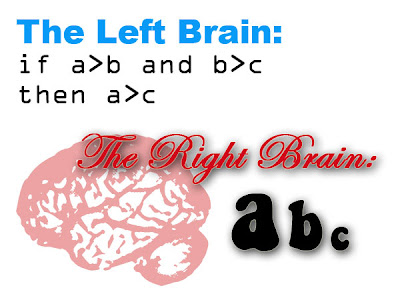
 Students begin by learning how important line is to expression. Even your signature is a communicative work of art.
Students begin by learning how important line is to expression. Even your signature is a communicative work of art.
 Students try a variety of exercises for bypassing their preconceptions and their dominant verbal left-brains, including copying this Picasso drawing upside down.
Students try a variety of exercises for bypassing their preconceptions and their dominant verbal left-brains, including copying this Picasso drawing upside down. "Blind" or "Pure" Contour line drawing forces the student to focus on the edges of an object, without worrying about the placement or proportion of the whole.
"Blind" or "Pure" Contour line drawing forces the student to focus on the edges of an object, without worrying about the placement or proportion of the whole.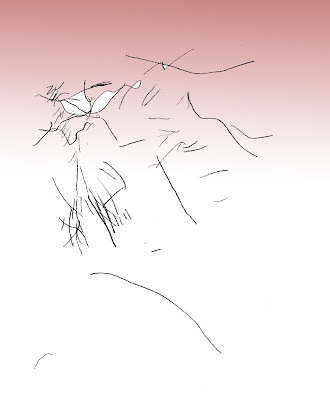
 Then, they hone their new contour line drawing skills
Then, they hone their new contour line drawing skills
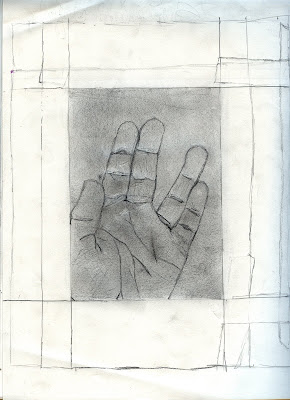 One of the three benchmarks of the class are drawing hands. In order to do so, students learn about the artist's concepts of a "picture plane" onto which they "flatten" anything they're looking at, and a "picture frame" which helps select a stronger composition.
One of the three benchmarks of the class are drawing hands. In order to do so, students learn about the artist's concepts of a "picture plane" onto which they "flatten" anything they're looking at, and a "picture frame" which helps select a stronger composition.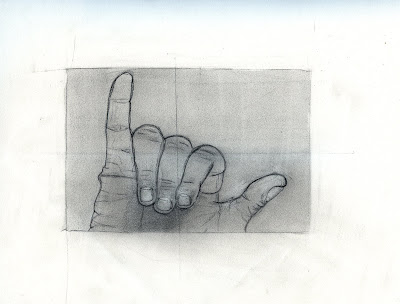
 Next, students are challenged to see the space around objects as a real and vital element- both because it improves composition and because "negative spaces" share edges with the positive forms anyway.
Next, students are challenged to see the space around objects as a real and vital element- both because it improves composition and because "negative spaces" share edges with the positive forms anyway.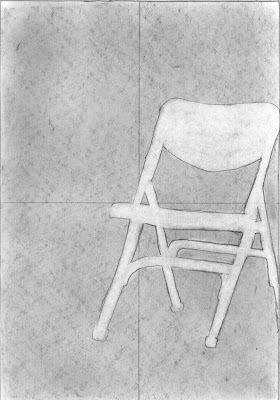

 Mastering negative space as well as some more important artist concepts like "basic units" and sighting sizes and angles prepares students for the second major benchmark of the class, drawing chairs.
Mastering negative space as well as some more important artist concepts like "basic units" and sighting sizes and angles prepares students for the second major benchmark of the class, drawing chairs.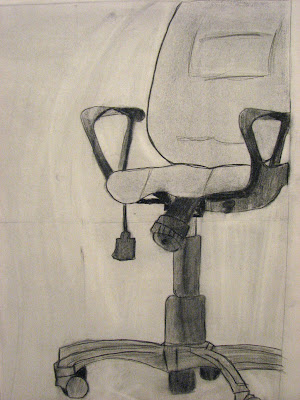
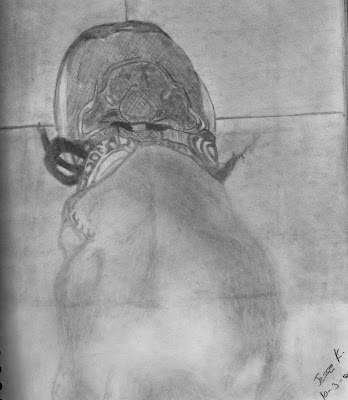
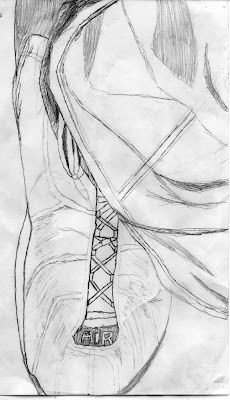 Students learn that with sighting and their imaginary picture-planes, informal perspective can become easier and more effective than traditional linear perspective.
Students learn that with sighting and their imaginary picture-planes, informal perspective can become easier and more effective than traditional linear perspective.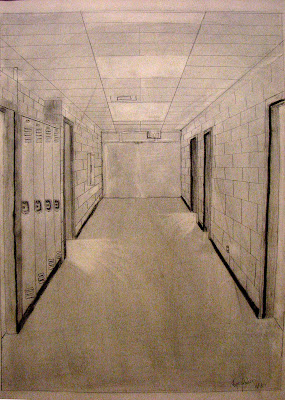
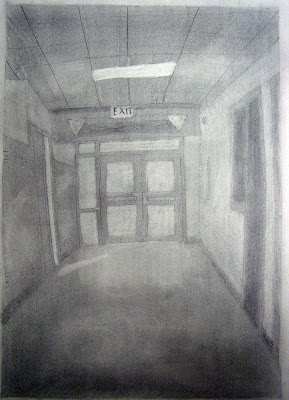
 Finally, students examine skeletal structure and learn the basic placement guidelines for drawing portraits, bringing them to their third and most important benchmark; faces.
Finally, students examine skeletal structure and learn the basic placement guidelines for drawing portraits, bringing them to their third and most important benchmark; faces.



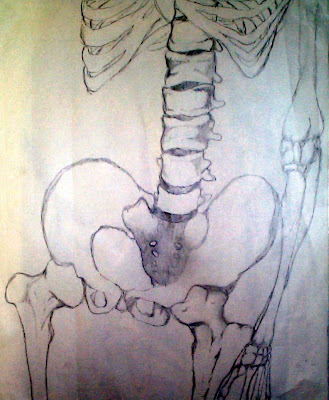

 follow me on twitter
follow me on twitter
 follow me on facebook
follow me on facebook
 BV Yearbook on facebook
BV Yearbook on facebook
 Cujo on dogbook
Cujo on dogbook
 BV Cheer group on facebook
BV Cheer group on facebook
